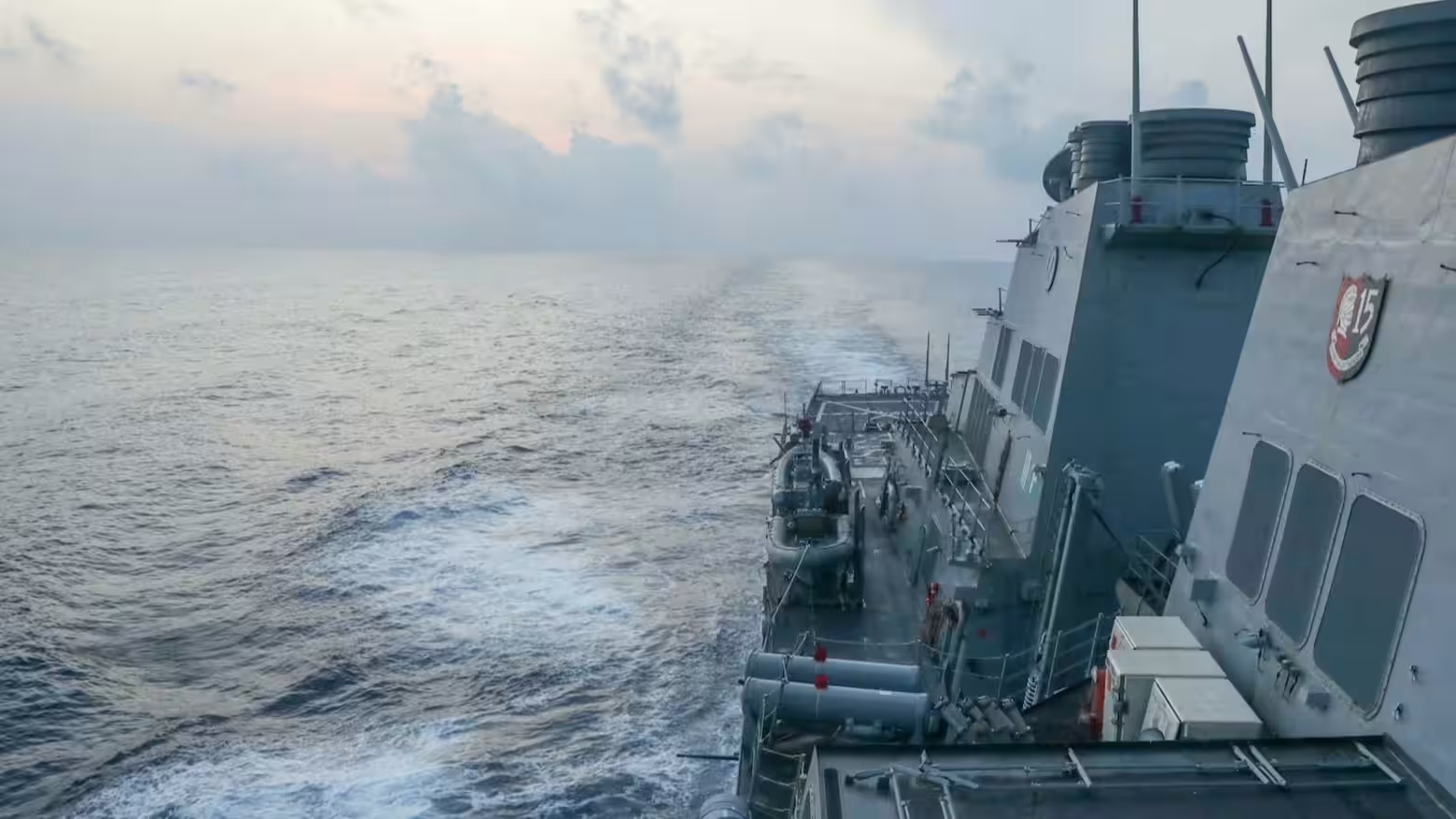The U.S. Army’s Long-Range Hypersonic Weapon (LRHW) Battery participated in Bamboo Eagle 24-3, an eight-day joint exercise led by the U.S. Air Force Warfare Center.
The U.S. Army has revealed that this is the first integration of land-based fires into a predominantly Air Force-led exercise.
Held at locations spanning the United States, Bamboo Eagle brought together over 3,000 service members from four military branches, alongside participants from the Royal Air Force and Royal Australian Air Force. This exercise aimed to enhance readiness across all domains—land, air, and sea—while fostering cooperation among U.S. military branches and international allies.
“Bamboo Eagle is all about making sure we’re ready for any situation,” explained U.S. Air Force Lt. Col. Alex Rich, 57th Wing Operations Director at Nellis Air Force Base. “It’s crucial that we collaborate across services and learn from each other’s capabilities. This helps us build a unified force that’s prepared to face any challenge.”
The LRHW Battery, part of the 1st Multi-Domain Task Force (MDTF), played a crucial role in this exercise. Commanded by U.S. Army Lt. Col. Benjamin Blane, the battery demonstrated the strategic importance of land-based hypersonic weapons. “The strong demand from our partners to integrate our capabilities into their operations validates the pivotal role land-based fires have in theater,” Lt. Col. Blane noted, highlighting the broader military’s interest in this technology.
Bravo Battery, 5th Battalion, 3rd Field Artillery Regiment, showcased exceptional adaptability during the exercise. After leveraging a force package validated in the U.S. Navy-led joint exercise Resolute Hunter, the unit achieved substantial progress in interoperability, managing to deploy equipment and personnel over 1,000 miles across three states.
Despite challenges posed by extreme weather conditions, the hypersonic battery maintained high operational readiness and participated in every exercise iteration. U.S. Army Capt. Jennifer Lee, commander of Bravo Battery, emphasized the operational insights gained, “Integrating our land-based fires with Air Force operations provided a unique testing ground for our capabilities and offered invaluable lessons from our Air Force counterparts.”





